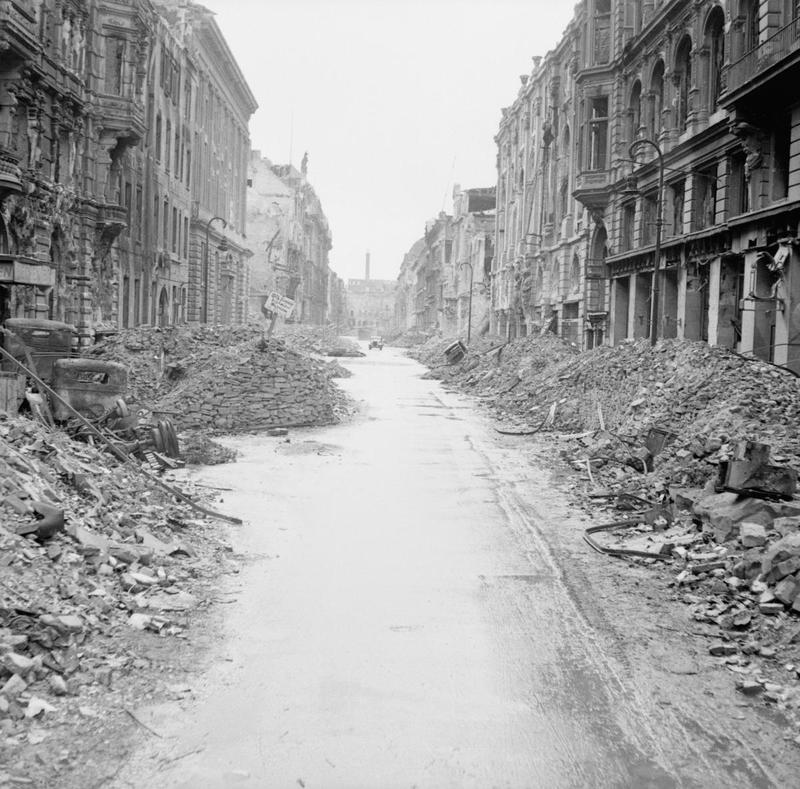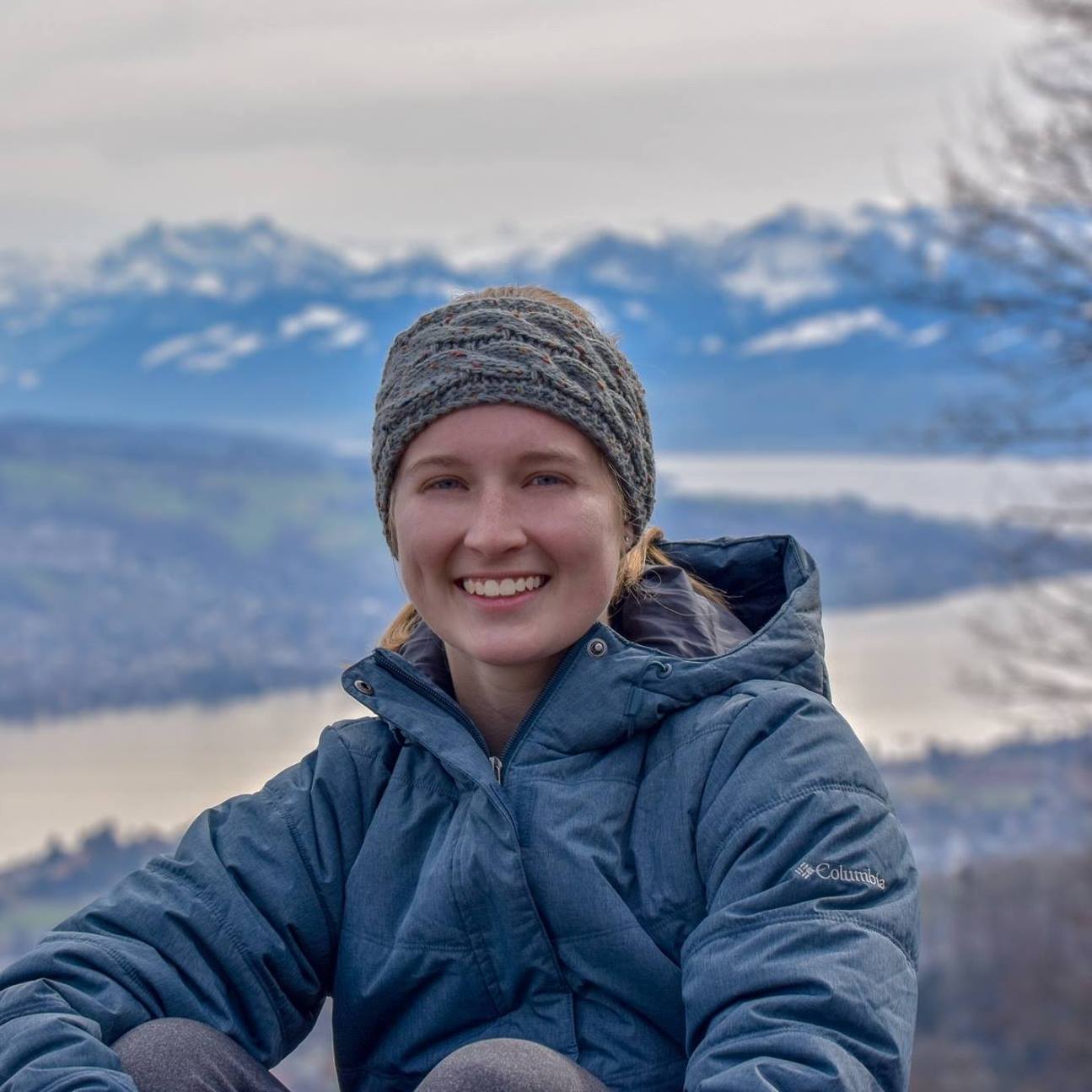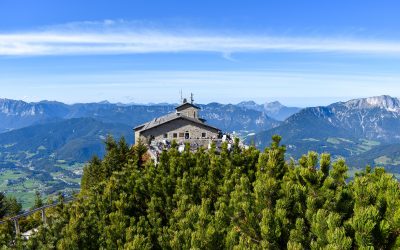This post may contain affiliate links, which means I’ll receive a commission if you purchase through my link, at no extra cost to you.
Berlin, the vibrant capital of Germany, is a city known for its bold cultural scene, neotraditional architecture, and rich history. Many visitors wander through the lively streets often reminded of the city’s tumultuous past, shaped by war and division, however, deep below the surface lies a hidden world that tells intriguing tales told by Berliner Unterwelten, also known as Berlin Underworld.
Berliner Unterwelten is the stop to make when visiting Berlin – an extraordinary opportunity for travelers and history enthusiasts to delve into the depths of Berlin’s past. The guided tours by Berliner Unterwleten journey through a labyrinth of secret tunnels and bunkers telling mesmerizing stories of Berlin’s past.
In the 1990s, a group of historians and architects joined together to explore the city’s underground passages, aiming to document and preserve hidden structures that played a vital role throughout World War II and the Cold War. This passion for preserving the city’s past turned into Berliner Unterwelten.
Berliner Unterwelten offers several different themed tours, each diving into important pieces of history within the city. These include:
The Dark Worlds Tour (Tour 1)
Offered in English, German, Spanish, Danish, Dutch, Italian, and French


This guided tour delves into the extensive network of air-raid shelters utilized by civilians during the devastating bombing raids of World War II that destroyed 80% of the city center.
An unassuming green door found in the Gesundbrunnen underground station houses bunkers created for air raid protection. Several floors of bunkers were developed in this area, squeezing people into cramped rooms for the hope of survival while bombs land on the city above.
Following the war, these shelters remained because of the chance of damaging the subway system if they were to be destroyed. Although the shelters survived the Ally demilitarization program, they sat forgotten until 1998 when Berliner Unterwelten rediscovered them. Visitors on this tour gain a vivid understanding of the conditions faced by Berliners during the war and the measures necessary to survive.
Regular Admission: €16 Per Person
Reduced Admission: €13 Per Person
Duration: 90 Minutes
Meeting Point: Brunnenstrasse 105, 13355 Berlin
Tour 1 has a minimum age of 7.
From The Flak Tower to the Rubble Mountain (Tour 2)
Offered in English and German
In September 1940, under direct orders from Adolf Hilter, the construction planning of flak towers began. Flak towers are large, above-ground towers created by Nazis to protect cities from Allied bombers. They have an impenetrable concrete inside that doubled as air raid shelters.
Three pairs of flak towers were constructed from 1940 to 1942 and measure nearly 230 feet by 230 feet and stand over 130 feet tall with ceilings as thick as 10 feet. Thousands of civilians used these towers as an air-raid shelter during World War II.
Only one flak tower remains today, as the others were destroyed following the war. Located at Humboldthain, a small memorial park dating from 1869, is the miraculously preserved tower that sat under approximately 49.44 million cubic feet of rubble. Berliner Unterwelten has moved nearly 50 million cubic feet of rubble to date with over 8,000 labor hours to do so.
This tour takes visitors through the interior of the flak tower ruins, with access to three of the bunker’s seven floors. Stunning views looking down mesmerize visitors thanks to the cantilevered design of the building. The flak tower has also become a seasonal home to bats, which is why this tour is only available from April to October.
Regular Admission: €16 Per Person
Reduced Admission: €13 Per Person
Duration: 90 Minutes
Meeting Point: Brunnenstraße, 13357 Berlin, Germany
Tour 2 has a minimum age of 18.
Bunker, Subway, Cold War (Tour 3)
Offered in English, German, Spanish, Danish, and Dutch
This intriguing tour gives a captivating glimpse into the remnants of the underground Cold War era with the reactivation of civil defense bunkers in western Berlin and the construction of new protective structures at the time, commonly referred to as multipurpose facilities because they now serve as parking garages, subway stations, and storage rooms. The impact and horror of a possible nuclear war are explored throughout this tour.
This tour begins with a visit to Blochplatz Civil Defense Facility, originally built during World War II and reactivated between 1981 and 1983. The facility is designed to accommodate 1,318 people for 48 hours in the event of an emergency.
Next, visitors are led to the nearby Pankstraße subway station which was transformed into a modern nuclear shelter in 1977. This shelter can accommodate 3,339 people for several weeks and is equipped with underground waterworks for a drinking supply, reinforced concrete grates that once sealed off the facility airtight, and an emergency generator for an independent power supply. Bedrooms with bunks four high are piled into rooms, giving an eye-opening glimpse into what would be the living conditions of survivors. It ranks as the fourth-largest civil protection facility in Berlin.
Regular Admission: €16
Reduced Admission: € 13
Duration: 90 Minutes
Meeting Point: Badstraße / Corner Böttgerstraße, 13357 Berlin
Tour 3 has a minimum age of 7.
Underground To Freedom: Tunnel Escapes Under The Berlin Wall (Tour M)
Offered in English, German, Spanish, Dutch, Italian, and French
The Socialist Unity Party (SED) created the Berlin Wall in 1961. In one night, East German soldiers laid more than 30 miles of barbed wire barrier through Berlin, forbidding East Berliners from crossing over into West Berlin. Several deadly attempts were made by East Berliners attempting to escape through the sewage system, subway system, and self-dug tunnels in order to gain freedom. Over 70 tunnel systems were erected from 1961 to 1982, with only 19 having successful escapes. In total, 300 East Berliners were able to escape through these 19 tunnels. This tour focuses on these 3 main means of escape – subway, sewage, and tunnels.
When the wall was first established, the train systems couldn’t just stop running because they crisscrossed throughout the East and West of Berlin. The West was required to run the subway system at a slow speed through East Berlin, with military personnel timing each train to make sure they didn’t stop at any East Berlin stations. However, many West Berliners would open the cart doors and allow East Berliners to run and jump into the carts. This was until officials of the German Democratic Republic (GDR) caught on and required the subway to increase speeds to where individuals could not jump into carts. GDR military made subway escapes even more deadly for those attempting to walk the subway tunnels to freedom by placing traps. It was during this tour that a visitor spoke up about how she clearly remembers the subway being forced to continue through East Berlin stops when she lived in Berlin as a child at the time.
With the subway system no longer being an option for East Berliners, they resorted to the sewer system. East Berlin college students created a ploy by requesting sewer blueprints from the water company for a “class project.” They used these blueprints to find the best routes for escape, allowing some 800 people successfully do so.
Lastly, digging tunnels seemed to be the only other means for escape left. East Berliners would dig tunnels from their basements, hoping to end in a basement on the West. The low groundwater near the wall made it possible to tunnel out without flooding, too. After visiting the Blochplatz Civil Protection Facility on the tour, the U-Bahn takes visitors to Bernauer Straße, to the underground vaults of the former Oswald-Berliner Brewery to walk through the vivid stories from survivors of these tunnels, touching on the most successful and spectacular projects – Tunnel 29 and Tunnel 57.
Because these tunnel passages under Berlin were really only known by those who took part in their creation, not all were originally found. Interestingly enough, individuals on the Berliner Unterwelten tours who took part in the tunnel creation and escapes during the Cold War were able to pinpoint new locations for historians as recently as 2018.
This tour ends with a fascinating first-hand look at Tunnel 57, the only real escape tunnel that can still be viewed today.
Regular Admission: €19
Reduced Admission: €15
Duration: 120 Minutes
Meeting Point: Badstrasse / corner Hochstrasse, 13357 Berlin
Tour M has a minimum age of 7.
The AEG Tunnel: Germany’s First Subway Tunnel (Tour A)
Offered in German only
From 1895-1896, the Allgemeine Elektricitäts-Gesellschaft company, commonly referred to as AEG, constructed a large machine factory that transformed the Humboldthain area into a factory town.
To connect to a separate factory located on Ackerstraße, AEG constructed a 968-foot-long tunnel with electric-powered trains to shuttle workers and materials between the two locations from 1897. This was Germany’s first subway tunnel which laid a foundation for modern transportation.
In 1910, the eastern tunnel ramp was dismantled and extended into the basement of a new building. As time progressed, the tunnel was used in a variety of ways, including an ammunition production site during World War I and a factory air-raid shelter for AEG employees during World War II. In 1984, AEG closed down the location and an investor purchased the building.
The underground structure later became submerged and inaccessible. It was not until 2016 that the building owner, the company GSG, and Berliner Underwelten, opened the structure to visitors.
Regular Admission: €16
Duration: 90 Minutes
Meeting Point: Voltastrasse 5-6, 13355 Berlin
Tour A has a minimum age of 14.
Fitchtebunker Time Capsule: Berlin’s Dark Past (Tour F)
Offered in German only
The Fichtebunker was constructed from 1883-1884 to be a gasometer, playing a crucial role in keeping Berlin’s streets illuminated until the Nazi era. In 1940, the Bunker Construction Program for the Reich Capital transformed the gasometer into a six-story mother-child bunker with 10-foot-thick ceilings and the ability to house 6,500 people during bombing raids. However, during continued aerial attacks, this shelter accommodated up to 30,000 people desperate for shelter.
After the Red Army occupied the Fichtebunker in 1945, the building once again shifted its purpose to be a reception camp for refugees and the homeless. The basement served as a prison until the 1950s when it was turned into a retirement home and shelter for the homeless, earning the name “Bunker of the Hopeless.” That was until 1963 when a murder was committed in the building, causing the bunker to be cleared and later converted into a storehouse for food to aid West Berliners. Lofts are now located on the bunker’s rooftop while the interior of the bunker remains preserved in its original condition.
This tour delves into the haunting era of the historical bombings and how it affected both refugees and citizens who lost their homes, bringing in eyewitness accounts and exhibits to showcase the remarkable resilience of those who sought refuge within Fichtebunker.
Regular Admission: €16
Reduced Admission: €13
Duration: 90 Minutes
Meeting Point: Fichtestrasse 6, 10967 Berlin-Kreuzberg
Tour F has a minimum age of 7.
Operations Bunker: The Former Humboldt Hospital (Tour O)
Offered in German only
The Reinickendorf Association Hospital was built on the street Teichstrasse from 1908-1910 and provided medical care to Reinickendorf residents and the surrounding communities until 1985. For its time the hospital was the most advanced medical facilities in Berlin. During World War II, the hospital was equiped with surgical bunkers that allowed for emergency operations in spite of air raids. Most operational bunkers have been repurposed or demolished, however, this site showcases the preserved historical feature.
In the 1960s and 1970s, the site became a bedstead and mattress storage area in preparation for disasters. After extensive restoration and reconstruction by Berliner Unterwelten starting in 2004, the operations bunker from 1941 is back to its original state, even receiving monument protection in 2010. This tour brings visitors through the medical and wartime history of the city, viewing the restored operations bunker that played a vital role in critical medical interventions during wartime.
Regular Admission: €16
Duration: 70 Minutes
Meeting Point: Teichstraße / Sankt-Galler-Straße at the entrance to the car park, 13407 Berlin
Tour O has a minimum age of 14.
Final Thoughts


Berliner Unterwelten Tours are generally available year-round, but I strongly recommend checking the schedule and booking in advance, especially during peak season. Tours are conducted in various languages, catering to an international audience. Visitors should wear comfortable clothing and sturdy shoes, as some tours may involve uneven terrain and narrow passages.
Berliner Unterwelten Tours are an extraordinary opportunity to explore the hidden history of Berlin, offering an unforgettable experience for history buffs and tourists alike. I booked Tour M: Under the Berlin Wall which was a fantastic experience – one of my favorite things I did in Berlin. So, the next time you find yourself in Berlin, consider embarking on a Berliner Unterwelten Tour. Or two. It won’t disappoint!
More Information:
Prices: Prices range from €13 to €19 per person. Schoolchildren, trainees, students, unemployed persons, and severely disabled persons receive reduced admission.
Where To Book: Advance tickets can be purchased online here.
When To Book: Tickets are available 30 days in advance. Do not wait until your arrival to Berlin to purchase because tours will likely be full. No tickets are sold at meeting points.
14-Day European Vacation For Less Than $1,500: Trip Cost Report
Curious how affordable a trip to Europe can be? Check out my cost breakdown for a 14-day trip through Germany, Austria, and Switzerland.
Munich Itinerary: The Best Stops For Your Stay
For a good reason, Munich is one of Germany’s top destinations. Not only does the city host Oktoberfest, but it has world-class beer gardens, cuisine, and exquisite architecture.
Eagle’s Nest: Bavaria’s Historic Lookout
After becoming German chancellor in 1933, Adolf Hitler sought a mountain retreat. He landed on Obersalzberg, the mountainside of a small German town, Berchtesgaden.





I have never heard of these tours but love Berlin. Thanks for sharing. I will definitely be checking one out the next time I am there.
I have never travelled abroad, but when I do this is the kind of stuff that I would want to see and learn about. Very awesome article!
Berlin is such an endlessly fascinating city! Thanks for sharing these tips
Wow – I have never been to Berlin but would have probably never thought to research something like this. Thank you so much for the cool and informative article!!
Very interesting, thank you for sharing.
These are tours I have never seen pop up thank you, it will make for a great addition to my DO list…